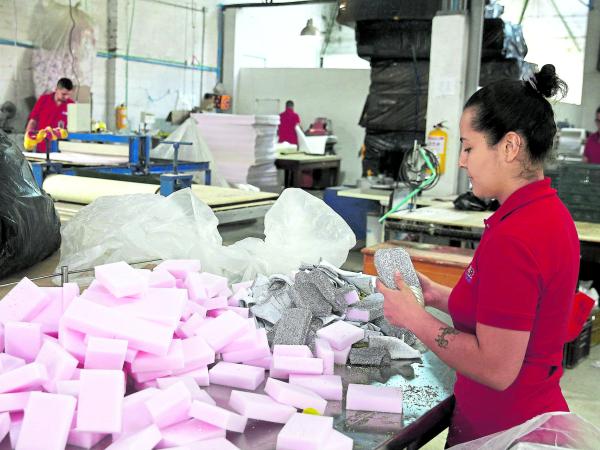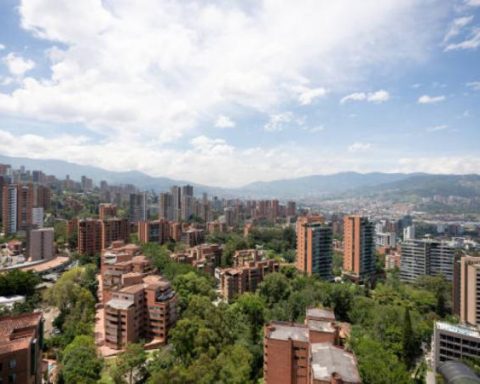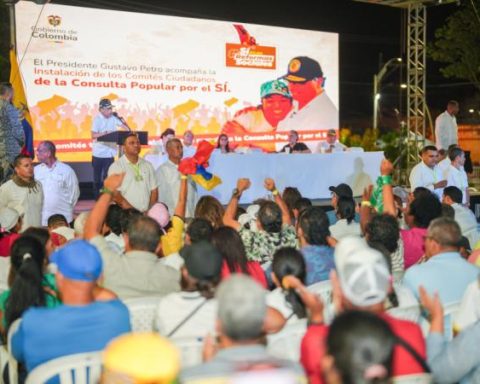
The National Administrative Department of Statistics, Dane, released the results of the Pulso Social survey in November. The last installment of this 2022. There it was found that Colombians spend their time on two main tasks: work and household chores.
(Read: How Venezuelan migrants improve the economy of countries that receive them).
for november 50.9% spent most of their time working and 35.7% to household trades. 6.1% looking for work, 2.3% disabled to work and 1.0% studying.
Now, regarding the differences between men and womenthey are the ones who spend the most time on household chores at 48.8% in contrast to 39.4% for work. On the other hand, only 14.7% of men devoted their time to household chores and 69% to working.
As for the cities, RIohacha, Bucaramanga and Bogotá were the ones that reported the most time of people working. Sincelejo, Montería and Cartagena the least.
Along with this, the survey showed that 94.4% did not work remotely. Only 5.1% did it from home. The study shows that teleworking is a trend that has been declining in recent months. Since August there has been a decline in this trend. For example, in November 2021, 11% did telework.
(In addition: The subsidies and economic relief that will not reach 2023).
The cities where, for now, more teleworking is done are Tunja, Cúcuta and Bogotá. In which less is Santa Marta, Riohacha and Quibdó. Among the hours worked remotely, the majority do so 41 or more, 49%.
Those who work from home 84.7% stated that they do want to continue working from home to 15.3% who do not. Regarding the frequency, 53.8% would like to do it 5 or more days per week, 19% 4 days, 12.4% 3 days and 10.2% 2 days per week.
Respondents highlighted that having more free time is the greatest benefit of teleworking, 48%, then there is a better work environment and then less delays in finishing their daily tasks.
Finally, regarding the means of transport they use to go to work, the traditional urban bus leads with 21.9%, then the articulated mass transport with 22.7%, followed by the private car with 16.9% and the private motorcycle with 15.7%. %.
(Keep reading: Bancolombia, Éxito, Homecenter and more companies looking for employees).
Most were delayed, in November, 44 minutes to get to work. The cities with the longest travel time were Bogotá, Barranquilla and Medellín. The least were Sincelejo, Riohacha and Quibdó.
BRIEFCASE
















